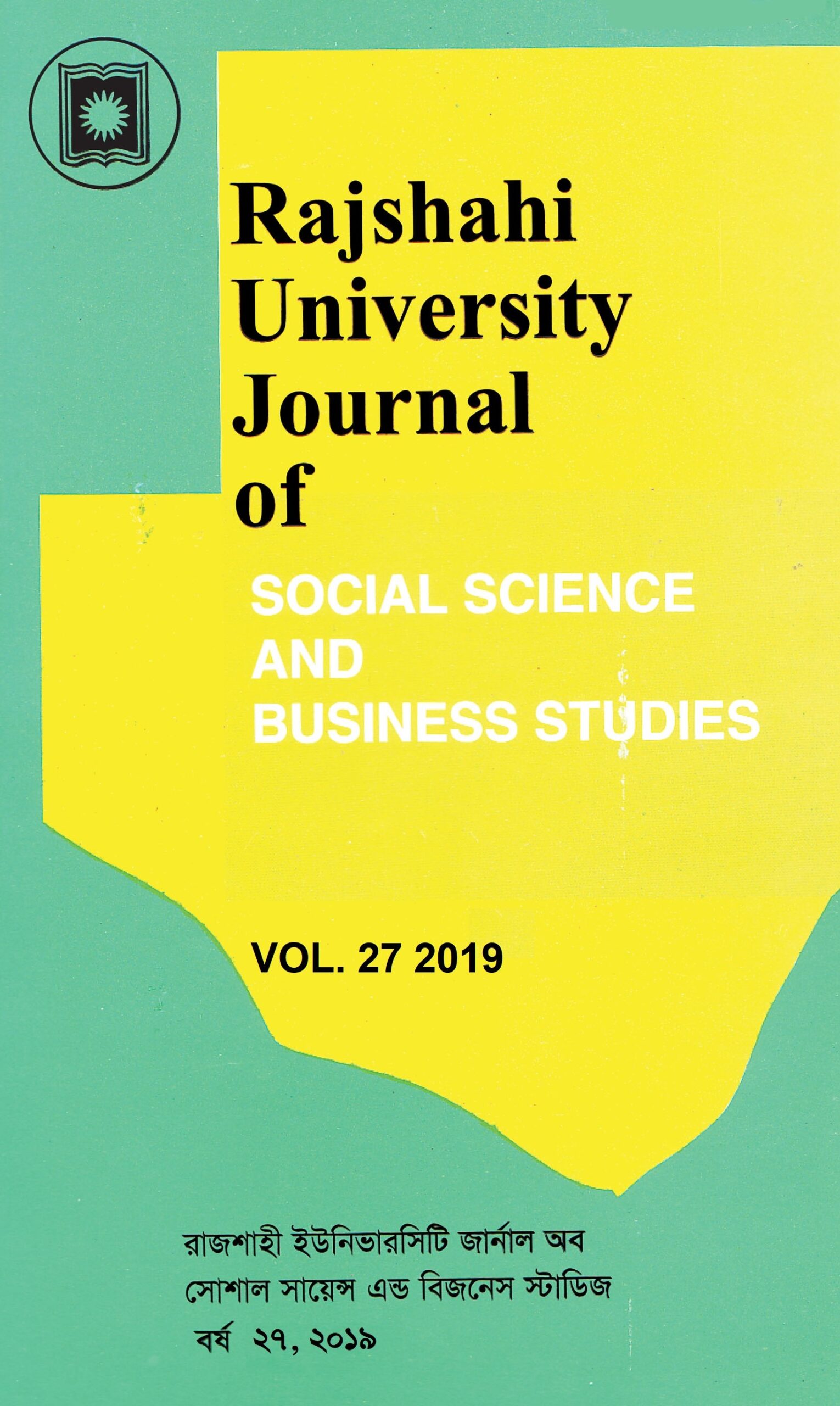Are Public-Private Partnerships Fit for Purpose? Evidence from the South Asian Region
DOI:
https://doi.org/10.64102/rujssbs.0436Keywords:
Public-private partnership, PPPs, South Asia, Economic Growth, InfrastructureAbstract
Public-private partnership (PPP) is increasingly promoted by advocates as an innovative policy tool for redressing inefficiency in traditional public procurement mechanisms. Many developing nations' governments employ PPPs in an effort to fill infrastructure gaps because they are operating on extremely tight budgets. Governments, operating on extremely tight budgets in many developing countries, also pursue PPPs in attempts to bridge their countries’ infrastructure gaps. This research empirically examines the pathways by which PPP agreements in South Asian nations can result in economic gains. Empirical results suggest that an increase in PPP investment positively affects mobile phone subscriptions only, and adversely affects economic growth. Among the other controls used in this study, school enrolment – a proxy for human capital – and trade to GDP ratio both positively affect per capita GDP growth. On the other hand, the government debt to GDP ratio negatively affects it. In terms of access to and quality of services, results are mixed. Government consumption as a percent of GDP exerts a positive effect on all channels leading to economic growth. While trade adversely affects access to electricity, private credit and the ratio of urban to total population positively affect both electricity access and overall infrastructure quality. Population density contributes to increased mobile subscriptions, but reduces the overall quality of infrastructure. Finally, the government debt to GDP ratio adversely affects both mobile subscription and access to basic sanitation services, and rule of law negatively affects mobile subscriptions and quality of infrastructure.
Downloads
Downloads
Published
Issue
Section
License
Copyright (c) 2022 Rajshahi University Journal of Social Science and Business Studies

This work is licensed under a Creative Commons Attribution 4.0 International License.





